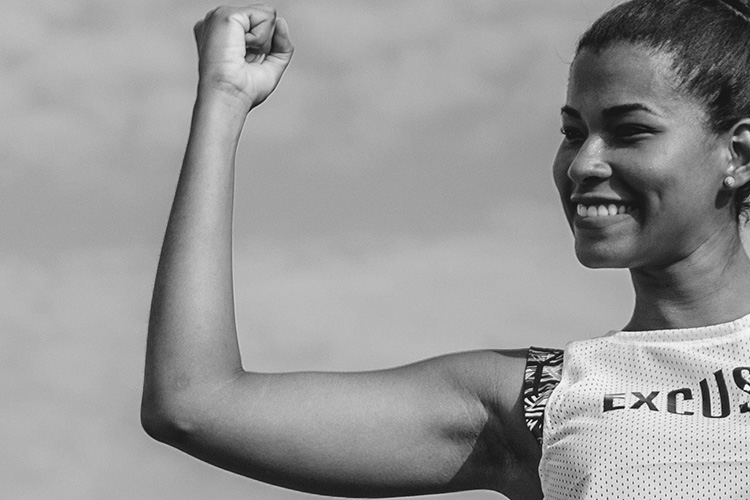As you get older, the skin on your upper arms changes often sagging and becoming loose. Individuals that have lost a significant amount of weight may have redundant skin on the upper arms. While exercise can strengthen and improve muscle tone in the upper arm, it can't address excess skin that has lost elasticity. Brachioplasty removes troublesome skin and fat to achieve a more desirable contour. It can be combined with liposuction to enhance the overall result.
An incision is made on the under the surface of the arm and extends into the armpit. The length and pattern of the incisions depends on how much skin will be removed. The incision can extend towards the elbow and can also extend down the side of the chest. Liposuction is often performed and then the excess fat and skin is removed. Internal stitches are used to tighten the internal part of the arm and the remaining skin is placed back over the newly repositioned contours to create a more toned look. I rarely use drains but you will have a compressive dressing.
